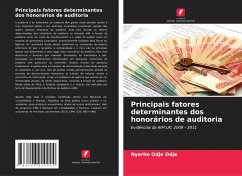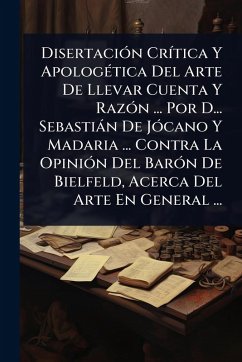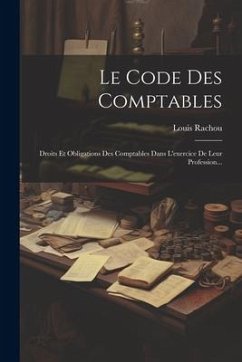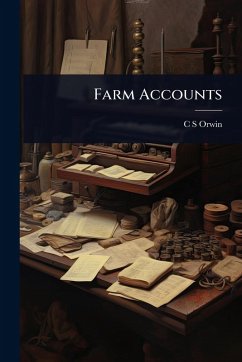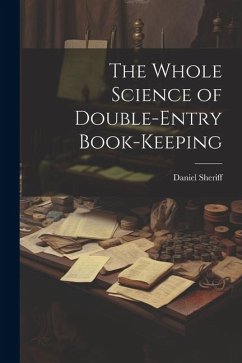
Tratado De Escrituração Mercantil, Ordenado Em Forma De Compendo Contendo a Doutrina Theorica E Pratica Da Arrumação Dos Livros De Contabilidade, Acompanhado De Um Modelo Dos Tres Livros Principaes, Com O Respectivo Balanço Volante E O Blanço Ger...

PAYBACK Punkte
10 °P sammeln!
Tratado De Escrituração Mercantil, Ordenado Em Forma De Compendo Contendo a Doutrina Theorica E Pratica Da Arrumação Dos Livros De Contabilidade, Acompanhado De Um Modelo Dos Tres Livros Principaes, Com O Respectivo Balanço Volante E O Blanço Ger... by Domingos D'. Almeida Ribeiro, published in 1842, offers a comprehensive overview of mercantile writing and accounting practices of the time. This treatise provides both the theoretical underpinnings and practical guidance for organizing accounting books, accompanied by a model of the three principal books with corresponding balance she...
Tratado De Escrituração Mercantil, Ordenado Em Forma De Compendo Contendo a Doutrina Theorica E Pratica Da Arrumação Dos Livros De Contabilidade, Acompanhado De Um Modelo Dos Tres Livros Principaes, Com O Respectivo Balanço Volante E O Blanço Ger... by Domingos D'. Almeida Ribeiro, published in 1842, offers a comprehensive overview of mercantile writing and accounting practices of the time. This treatise provides both the theoretical underpinnings and practical guidance for organizing accounting books, accompanied by a model of the three principal books with corresponding balance sheets. This historical text serves as a valuable resource for understanding the evolution of accounting and bookkeeping methods during the 19th century, providing insights into the business practices and economic thought of the era. It appeals to historians of economics, accounting professionals, and anyone interested in the development of commercial record-keeping. This work has been selected by scholars as being culturally important, and is part of the knowledge base of civilization as we know it. This work was reproduced from the original artifact, and remains as true to the original work as possible. Therefore, you will see the original copyright references, library stamps (as most of these works have been housed in our most important libraries around the world), and other notations in the work. This work is in the public domain in the United States of America, and possibly other nations. Within the United States, you may freely copy and distribute this work, as no entity (individual or corporate) has a copyright on the body of the work. As a reproduction of a historical artifact, this work may contain missing or blurred pages, poor pictures, errant marks, etc. Scholars believe, and we concur, that this work is important enough to be preserved, reproduced, and made generally available to the public. We appreciate your support of the preservation process, and thank you for being an important part of keeping this knowledge alive and relevant.



